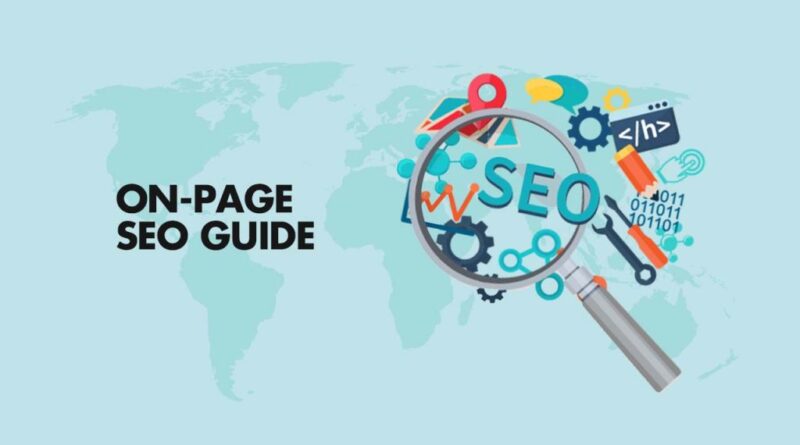Learning about website page titles and meta descriptions briefly
When a business creates a page on its website, it has the opportunity to write page titles and meta descriptions. They are written because they are important elements to the search engine optimization (SEO). They help Search Engines read the website and its content.
There is one question to ask: how many people choose to visit that web page when they see it in the search engine results and other places? This is aided by SEO, page titles and meta description because they all contribute to the process nicely.
What are web page titles?
Web page titles are also known as the web page title tags. It basically tells website visitors and search engines what the website is about, and what the pages on it are about as well. Ideally, it incorporates the webpage’s primary keyword phrase and matches it with user queries in search engines whenever they are looking for information.
The page title is the key part of the results whenever someone searches for something on the internet. It appears as a prominent headline colored in blue in Google’s search engine results. For instance, the keyword ‘web design Dubai’ brings users to numerous web design pages for websites, web design companies and blogs based in and around Dubai in the United Arab Emirates.
Web page titles are just one of the many aspects of SEO and websites. Search engines often consider numerous factors in finding out exactly what any present web page is about, and how valuable it is to each user entering a specific kind of search term or query. The page title is also something website visitors se on their browser’s tab if they are on that specific page.
Creating a web page title – what is needed?
Here are some factors needing consideration whenever a web page title is being made:
- It must be between 50 and 70 characters.
- The page’s main target keyword phrase should be included.
- It needs to be clearly understandable without grammatical errors.
- Do not use keywords more than once in the page title.
- Different and secondary keywords should be used in the H2 tag at all costs.
- The brand’s name should be added in the title tag.
- The web page title should be enticing without compromising the key rules.
- Title cases should be used (making the first letter of most words capital).
- No need to use caps lock all the time.
A bit about web page meta descriptions
The meta description of a web page does not have a direct effect on a website’s Search Engine Optimization (SEO). However, such a description plays a key role in getting people to click through the page whenever the links are in front of them.
The meta description often appears as the descriptive snippet in Google (and in other search engines’ too). It also shows up as the page description on Facebook and on other social media platforms whenever links are shared on them. Such also appears on the page description in some paid social and digital ads due to lack of an alternative, especially the ad’s creation.
If a company does not send a meta description on the back end when making the web page, search engines and other link generating websites usually grab some of the text appearing near the page’s top side. They do so for use as a descriptive snippet.
There are times when such can work out nicely. However it often produces unclear or uninformative outcomes (or both).
The meta description is the place to sell users the value of clicking the link on the web page. This gives brands, businesses and companies a chance to own the website. They do so to say more about the content than what they can convey in the page title solely.
This benefits SEO indirectly as click-through rates in search engine results are the ranking factors for some search engines.
Steps involved in making a meta description for a web page
Here are some things to keep in mind when writing a web page’s meta description:
- Length between 130 and 160 characters.
- No need not exceed 160 characters, else the meta description will be cut off by an ellison in the search engines’ result pages.
- Readers should be enticed with a teaser.
- Working in the page’s primary target keyword phrase (the same one used in the page’s title tag).
- A secondary relevant keyword can be worked in (maybe both of them can work). But it should be kept natural and free from grammatical errors.
- The value of the page should be explained clearly, in a brief and simple manner.
- There should not be excessive giveaways. This will only keep users for a short period of time as they will stop visiting the website later on.
- Letters, numerals and standard punctuation marks are worthwhile. No special character should be used.
- Using capital letters is spam and can deter the website visitor’s attention away.
Conclusion
As hard as they seem, this is how page titles and meta description work to keep a website afloat. With web 3.0 almost coming, it is wise for companies to raise their ante and improve this path to ensure no visitor goes astray.
Web designers at times need to learn about website page titles and meta descriptions so that they can design their sites accordingly and be able to make sure their design efforts go hand in hand with SEO and SEM efforts. When each cog in the machine works together properly then the whole machine creates a great outcome.




